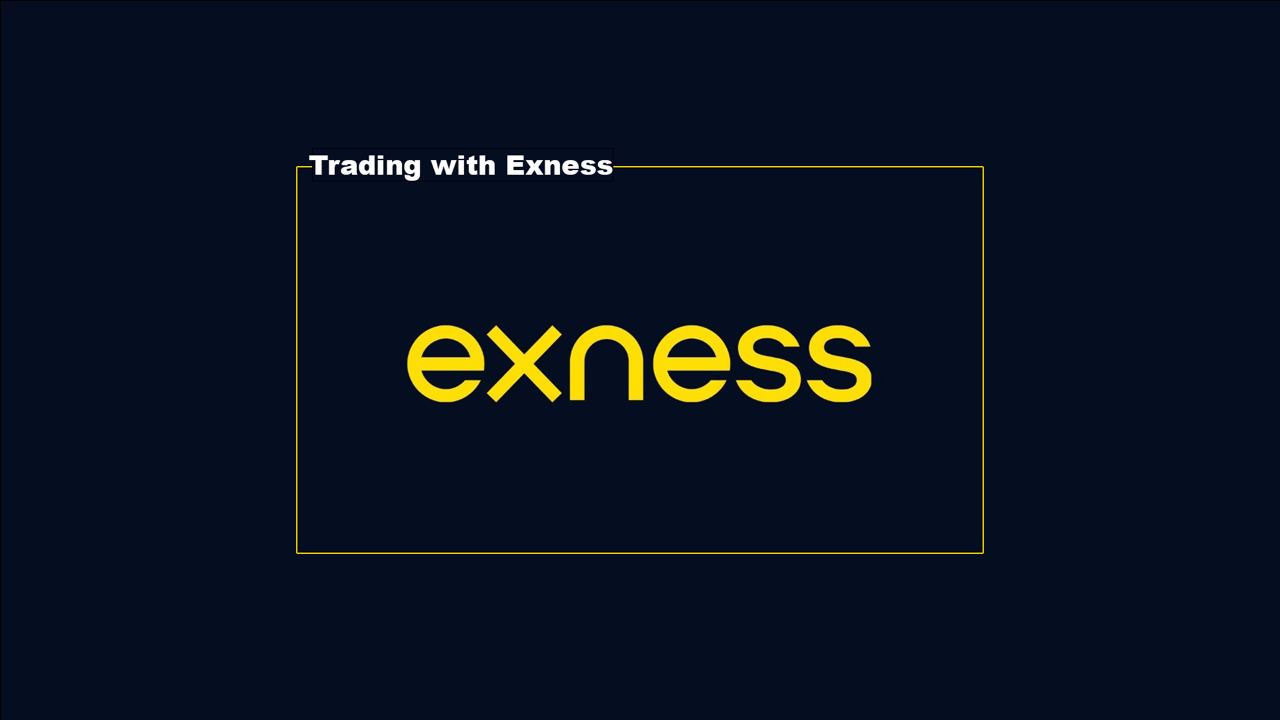
12 minute read
Where to Trade Forex: Top Platforms Compared
Finding the right forex trading platform can make or break your trading success. With so many options available today, traders need to carefully evaluate which platform best suits their specific needs. This guide helps you navigate the key features to consider and compares the most popular platforms on the market right now.
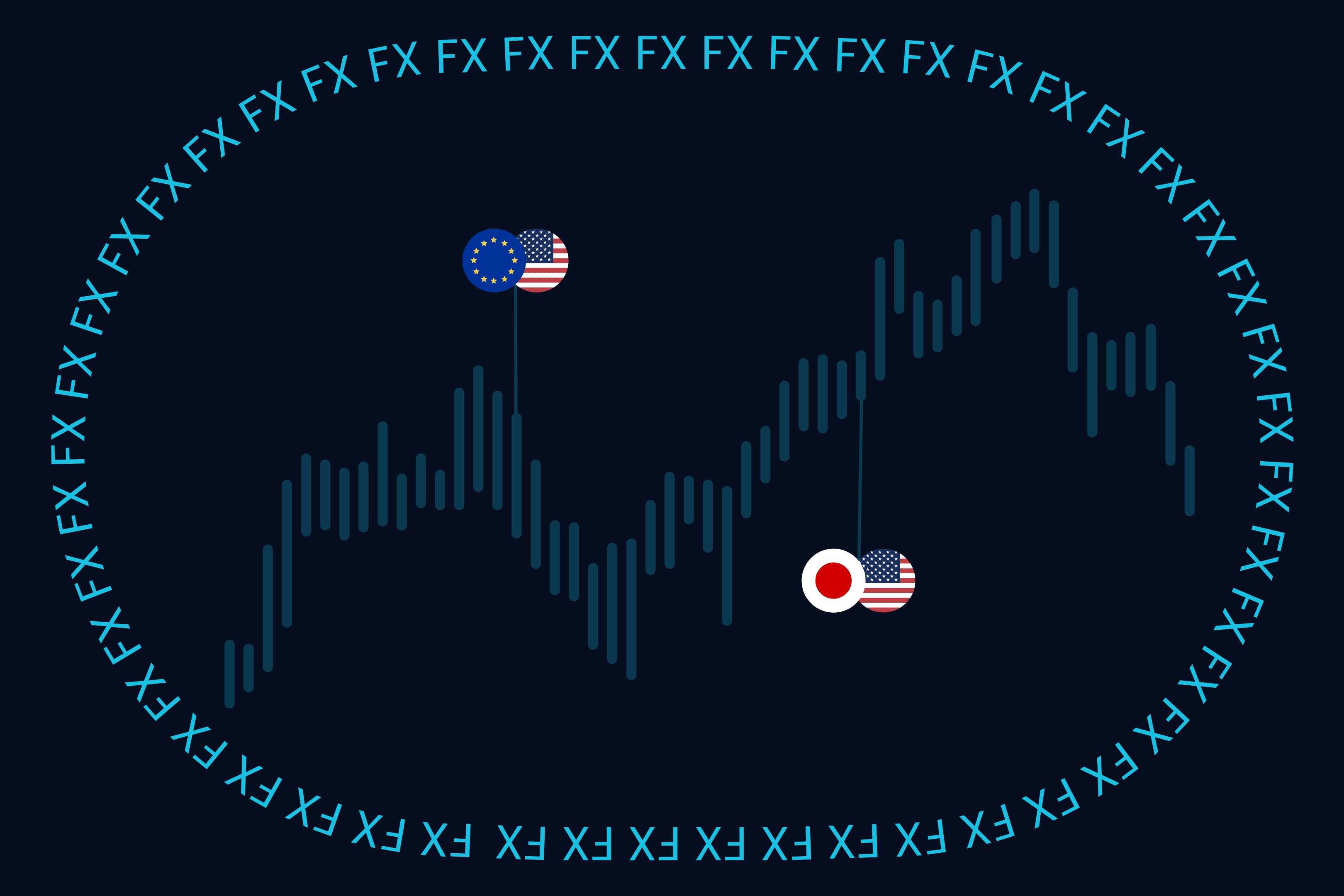
🏆 Start Trading With Exness – Register Now! 🚀 or Visit the Broker’s Website ⭐
Key Factors to Consider When Choosing a Forex Trading Platform
Regulation and Trustworthiness
Trust is everything in forex. I've been trading for years, and I can tell you that regulation is non-negotiable. Always check if your broker is regulated by respected authorities like the FCA, ASIC, or CySEC. These watchdogs ensure the broker follows strict rules to protect your money.
Don't just take the broker's word for it. Go to the regulator's website and verify their license is active. Look for negative reviews and check if there have been any major complaints or fines. A broker's track record speaks volumes about their reliability.
Good brokers are transparent about their operations. They're upfront about fees and don't make unrealistic promises about profits. Remember, if it sounds too good to be true, it probably is.
Trading Tools and Features
The right tools can give you a serious edge in the market. At minimum, your platform should offer:
Advanced charting with multiple timeframes A wide range of technical indicators Drawing tools for trend analysis Economic calendars that show upcoming market events Risk management features like stop-loss orders Position sizing calculators to manage your risk
If you're into algo trading, you'll also want features like backtesting capabilities and the ability to run trading robots. Make sure the platform can handle your specific trading style. Day traders need different tools than long-term investors.
Platform Usability
A platform might have all the bells and whistles, but if it's hard to use, you'll struggle. Trust me, I've missed good trades because I couldn't navigate a clunky interface fast enough.
The best platforms let you execute trades quickly and easily. You should be able to place orders, analyze charts, and manage positions without jumping through hoops. The interface should be intuitive – not something you need a manual to figure out.
Always test a platform with a demo account before putting real money on the line. Pay attention to how it performs during busy market hours. Does it lag? Does it crash? These issues can cost you money when it matters most.
Customer Support
Good support is priceless when you have a problem. The forex market runs 24/5, so your broker's support should be available whenever the market is open.
Check what communication channels they offer. Phone support, live chat, and email are standard. Try contacting them before opening an account to test their response time and knowledge.
Support should be available in your preferred language. Nothing's worse than trying to solve an urgent problem with a language barrier. Knowledgeable staff who understand trading issues can make all the difference during a crisis.
Fees and Spreads
Trading costs eat into your profits. Most forex platforms make money through spreads – the difference between buy and sell prices. Some also charge commissions.
Look beyond the advertised "from 0.1 pips" spreads. What matters is the typical spread during normal trading hours. Also check for:
Account maintenance fees Inactivity charges if you don't trade regularly Deposit and withdrawal fees Overnight financing costs (swap rates) Hidden charges buried in the terms and conditions
A platform with slightly higher spreads but no hidden fees might be cheaper overall than one advertising rock-bottom spreads but nickel-and-diming you elsewhere.
Top Forex Trading Platforms Compared
MetaTrader 4 (MT4)
MT4 is the veteran of forex platforms. Released in 2005, it remains hugely popular for good reason. It's reliable, straightforward, and gets the job done without fuss.
The platform offers solid charting tools and supports automated trading through Expert Advisors. What really sets MT4 apart is its massive community. Countless custom indicators and scripts are available, many for free.
MT4's interface looks dated but it's functional and easy to learn. The platform runs smoothly even on older computers. I still use MT4 for certain strategies because it's so dependable. It rarely crashes, even during volatile market conditions when other platforms might struggle.
MetaTrader 5 (MT5)
MT5 builds on MT4's foundation with several improvements. It offers more timeframes, additional order types, and better analytical tools. The platform supports trading across multiple asset classes, not just forex.
Key improvements include:
An integrated economic calendar More built-in indicators than MT4 Better backtesting capabilities The ability to open unlimited charts Support for more sophisticated programming
Despite these advantages, MT5 hasn't completely replaced MT4. Many traders still prefer the older platform due to familiarity and compatibility with existing trading robots.
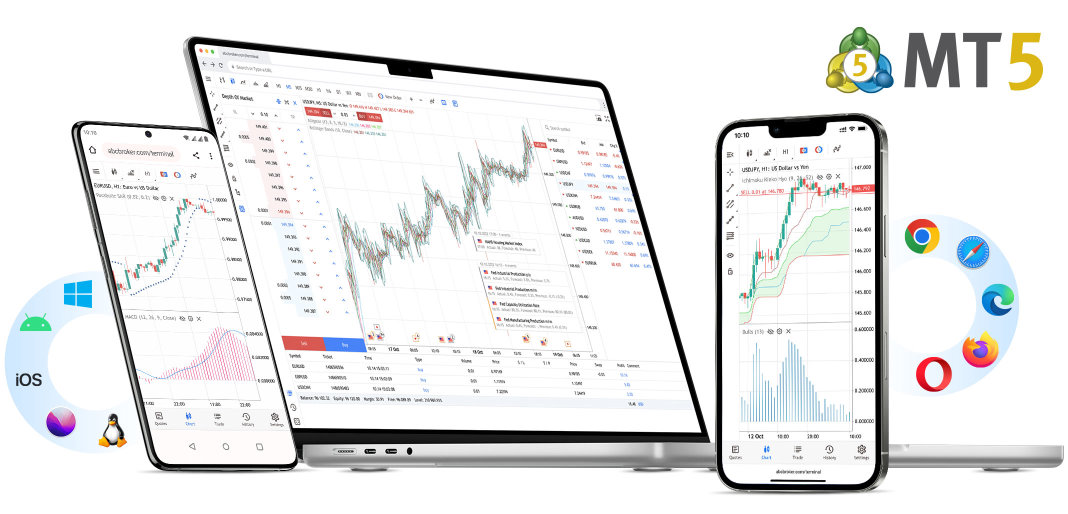

cTrader
cTrader has gained popularity among serious traders who value transparency and execution quality. Its modern interface looks and feels more current than the MetaTrader platforms.
What I love about cTrader is its depth of market visualization. You can see the actual buy and sell orders in the market, giving you better insight into price movements. The platform is designed for direct market access trading, which appeals to professionals.
For programmers, cTrader offers cAlgo, which uses C# for creating algorithms. This is more accessible than MetaTrader's MQL language if you already know mainstream programming languages.
NinjaTrader
NinjaTrader is powerful but specialized. While it's more known for futures trading, it handles forex well too. The platform excels at customization, letting you create highly personalized trading environments.
Its market replay feature is outstanding for practice and strategy development. You can replay historical market conditions at various speeds to test your trading decisions without risk.
The downside? NinjaTrader has a steeper learning curve than other platforms. It's overkill for casual traders but worth considering if you're serious about trading as a profession. The full feature set requires purchasing a license, though a free version exists for basic use.
TradingView
TradingView has changed the game with its cloud-based approach and social features. Unlike traditional platforms, it runs in your web browser, making it accessible from anywhere without installing software.
The charting capabilities are exceptional, with smooth navigation and visually appealing graphics. What makes TradingView unique is its social networking aspect – you can follow expert traders, share your own chart ideas, and discuss market conditions with a global community.
Creating custom indicators is simpler with Pine Script than with other platforms' programming languages. The downside has been execution – historically, you needed to use a different platform to actually place trades, though direct broker integration has improved in recent years.
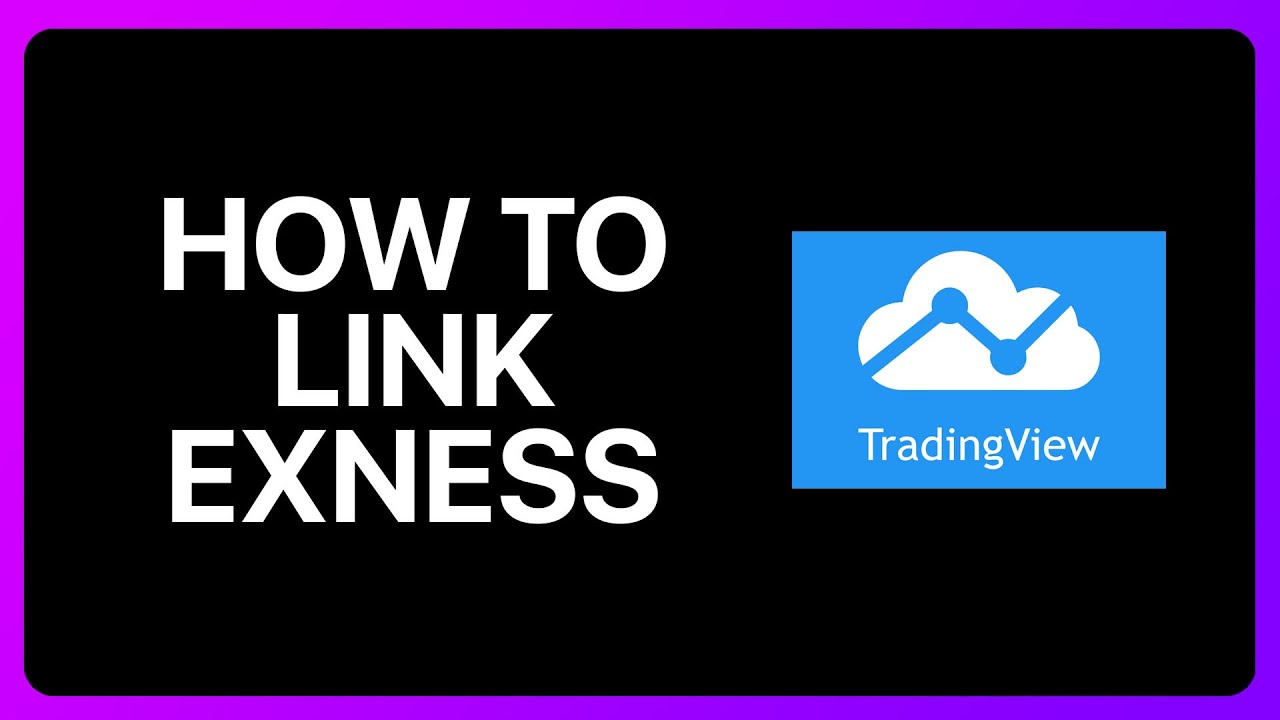
Exness Forex Trading Platform
Key features of Exness platform
Exness stands out for several impressive features. Having used many platforms over the years, I find their execution speed consistently reliable. Even during major economic releases when markets go crazy, their systems hold up well.
The platform processes over $4 trillion in monthly volume, which speaks to its robust infrastructure. For active traders, their zero-freeze technology ensures you can open positions even in volatile conditions when other brokers might restrict trading.
I appreciate their transparent approach to business. They publish their financial reports and trading statistics openly, which builds trust. Account verification is quick – usually completed in hours rather than days.
Their leverage options are more flexible than most brokers, though I always caution newer traders to use high leverage carefully. It's a double-edged sword that can amplify both profits and losses.
Trading tools and available accounts
Exness offers several account types to match different trading styles:
Standard accounts have floating spreads and are good for beginners or casual traders. The minimum deposit is just $1, making it accessible to almost anyone.
Raw Spread accounts have the tightest spreads plus a small commission, ideal for active traders who prioritize low trading costs.
Pro accounts focus on fast execution and are designed for professional traders who need reliable performance during busy market hours.
Zero accounts offer fixed spreads, which can be advantageous for traders who want predictable costs.
Their analytical tools include comprehensive charting with multiple timeframes, over 100 technical indicators, and an economic calendar with customizable alerts. They also provide trading calculators for margin, profit, and swap costs.
The education center offers webinars, video tutorials, and trading guides that cover everything from basics to advanced strategies. I've found their educational content surprisingly good – practical rather than just theoretical.
Platforms available: MetaTrader 4, MetaTrader 5, WebTrader
Exness gives you platform options to suit your preference. Their MT4 implementation includes all standard features plus some Exness-specific enhancements that improve the trading experience.
Their MT5 offering supports hedging, allowing simultaneous long and short positions on the same instrument. This is crucial for certain trading strategies and not available with all MT5 brokers.
The WebTrader deserves special mention if you need flexibility. It works directly in your browser without downloads and maintains most functionality of the desktop versions. I've used it while traveling and found it remarkably reliable for a browser-based solution.
Their mobile apps for both MT4 and MT5 are well-designed for trading on smaller screens. The layouts are optimized for touch controls rather than just shrinking the desktop interface, making trading on the go much more practical.
Advantages and Disadvantages of Different Platforms
MetaTrader 4
Advantages:
Huge community support and resource availability
Rock-solid stability and reliability
Runs well even on older computers
Massive marketplace of custom indicators and trading robots
Disadvantages:
Outdated interface that looks its age
Limited built-in indicators compared to newer platforms
No native support for trading stocks or futures
Fewer timeframes than modern alternatives
MetaTrader 5
Advantages:
Multi-asset trading capabilities beyond just forex
Better backtesting with more data options
Improved market depth information
Built-in economic calendar
Disadvantages:
Not compatible with MT4 trading robots
Uses more computer resources than MT4
Steeper learning curve for beginners
Less third-party support than MT4
cTrader
Advantages:
Modern, user-friendly interface
Excellent market depth visualization
Uses C# for programming, which many developers already know
Greater transparency about pricing and execution
Disadvantages:
Available through fewer brokers than MetaTrader
Smaller community for support and custom tools
More demanding on computer resources
Not ideal for older systems
NinjaTrader
Advantages:
Advanced order types and execution options
Excellent market replay feature for practice
Highly customizable trading environment
Comprehensive backtesting capabilities
Disadvantages:
Costs money for full functionality
Complicated for beginners
More focused on futures than forex
Limited broker support
TradingView
Advantages:
Works on any device with a browser
Great social trading features
User-friendly, intuitive interface
Superior charting capabilities
Disadvantages:
Limited broker integration for actual trading
Requires paid subscription for advanced features
Not ideal for automated trading
Can slow down during heavy market activity
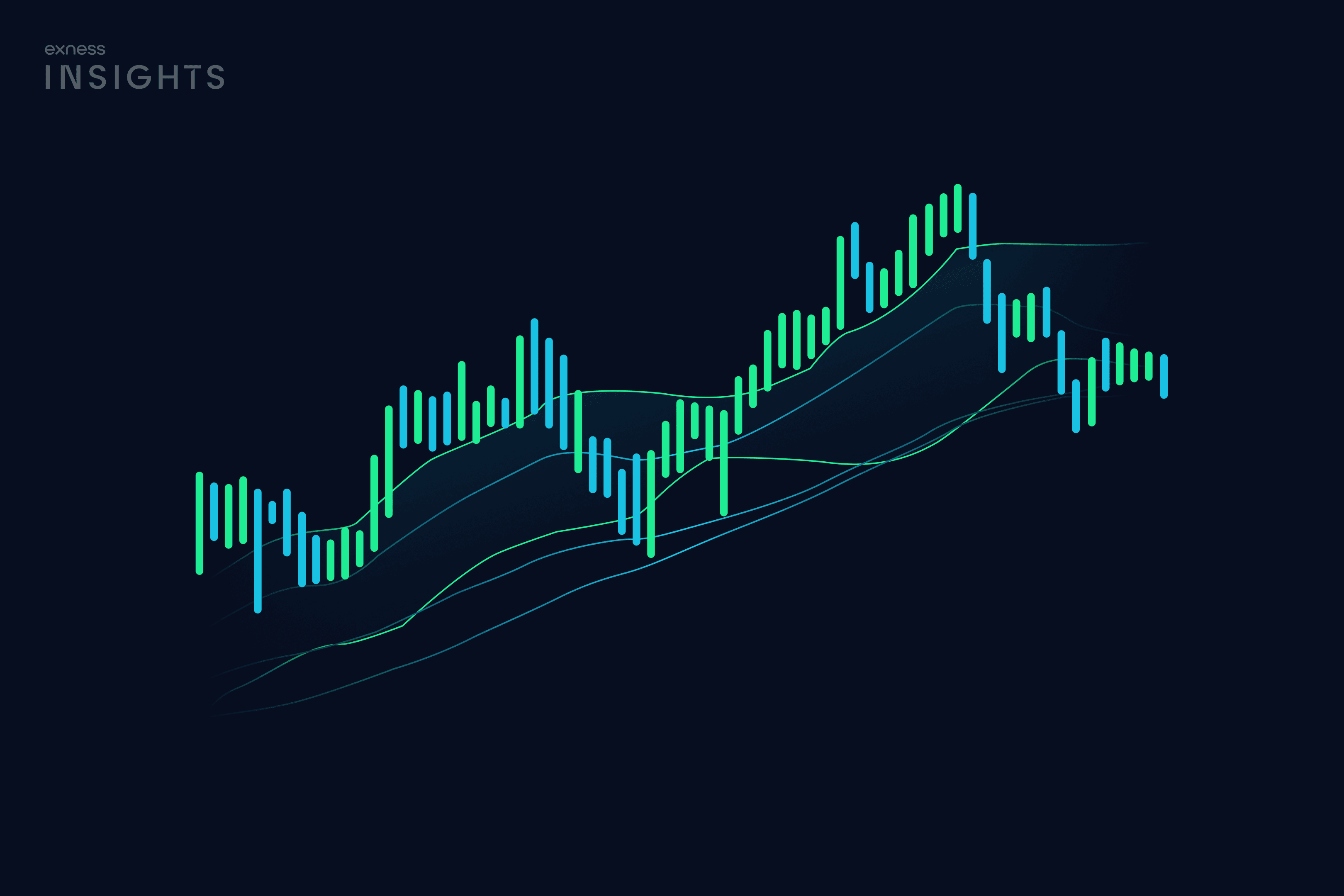
How to Choose the Best Forex Platform for You
Finding the right platform boils down to your personal trading style. Ask yourself these questions:
How often do you trade? High-frequency traders need platforms with minimal lag and quick execution like MT4 or cTrader.
Do you trade while traveling? If mobility matters, look at platforms with strong mobile apps or web-based options like TradingView or Exness WebTrader.
Are you into algo trading? Automated traders should choose platforms with robust programming tools that match their coding skills – MT4/MT5 for MQL, cTrader for C#.
What's your analysis style? Chart-focused traders might prefer TradingView's visualization tools, while order flow traders would benefit from NinjaTrader's depth of market features.
Are you trading assets beyond forex? MT5 or NinjaTrader offer multi-asset capabilities if you're expanding into stocks or futures.
Always test extensively before committing. The platform that looks best on paper might not feel right when you actually use it. I spent weeks testing different options before finding my ideal setup, and that time investment has paid off through better trading efficiency.
🏆 Start Trading With Exness – Register Now! 🚀 or Visit the Broker’s Website ⭐
Conclusion
The best forex platform depends entirely on your trading needs and style. MetaTrader platforms remain industry standards thanks to their reliability and widespread adoption. Newer entries like cTrader and TradingView bring fresh approaches to usability and community engagement.
Many serious traders end up using multiple platforms – perhaps TradingView for analysis and MT4 for execution, or different platforms for different strategies. Brokers like Exness that support multiple platforms give you this flexibility.
Remember that no platform will make you a profitable trader on its own. Focus first on developing a solid strategy and risk management approach, then find the platform that best supports your trading style.
Frequently Asked Questions (FAQs)
Which Forex platform is the easiest to use for beginners?
TradingView wins for user-friendliness. Its clean interface and browser-based design make it accessible without installation headaches. The community features also help newcomers learn from experienced traders.
MT4 remains another good choice for beginners despite its older design. Its widespread use means you can find countless tutorials online. Most brokers, including Exness, provide detailed guides specifically for new MT4 users.
How do I choose a Forex platform based on my trading strategy?
Your trading strategy should guide your platform choice. Scalpers need platforms with fast execution like MT4 or cTrader. Technical analysis traders will benefit from TradingView’s superior charting tools, while fundamental traders should look for platforms with good economic calendars. For algorithmic traders, platforms with a programming language they know (like MQL for MetaTrader) are ideal.
What are the benefits of using Exness for Forex trading?
Exness offers fast withdrawal processing, solid execution during major events, and flexible leverage options. They support multiple platforms and are transparent with monthly trading volumes and financial reports. Their educational resources are practical and suitable for all levels of traders.
Is Exness a reliable platform for beginners?
Yes, Exness is beginner-friendly, with a low minimum deposit requirement and comprehensive educational resources. However, beginners should use caution with high leverage offerings and start with conservative position sizing.
Can I use Exness on mobile?
Yes, Exness provides mobile apps for MT4 and MT5 on iOS and Android, as well as WebTrader for mobile browsers. The apps offer key features like charts, orders, and account management, making it easy to trade and monitor positions on the go.










